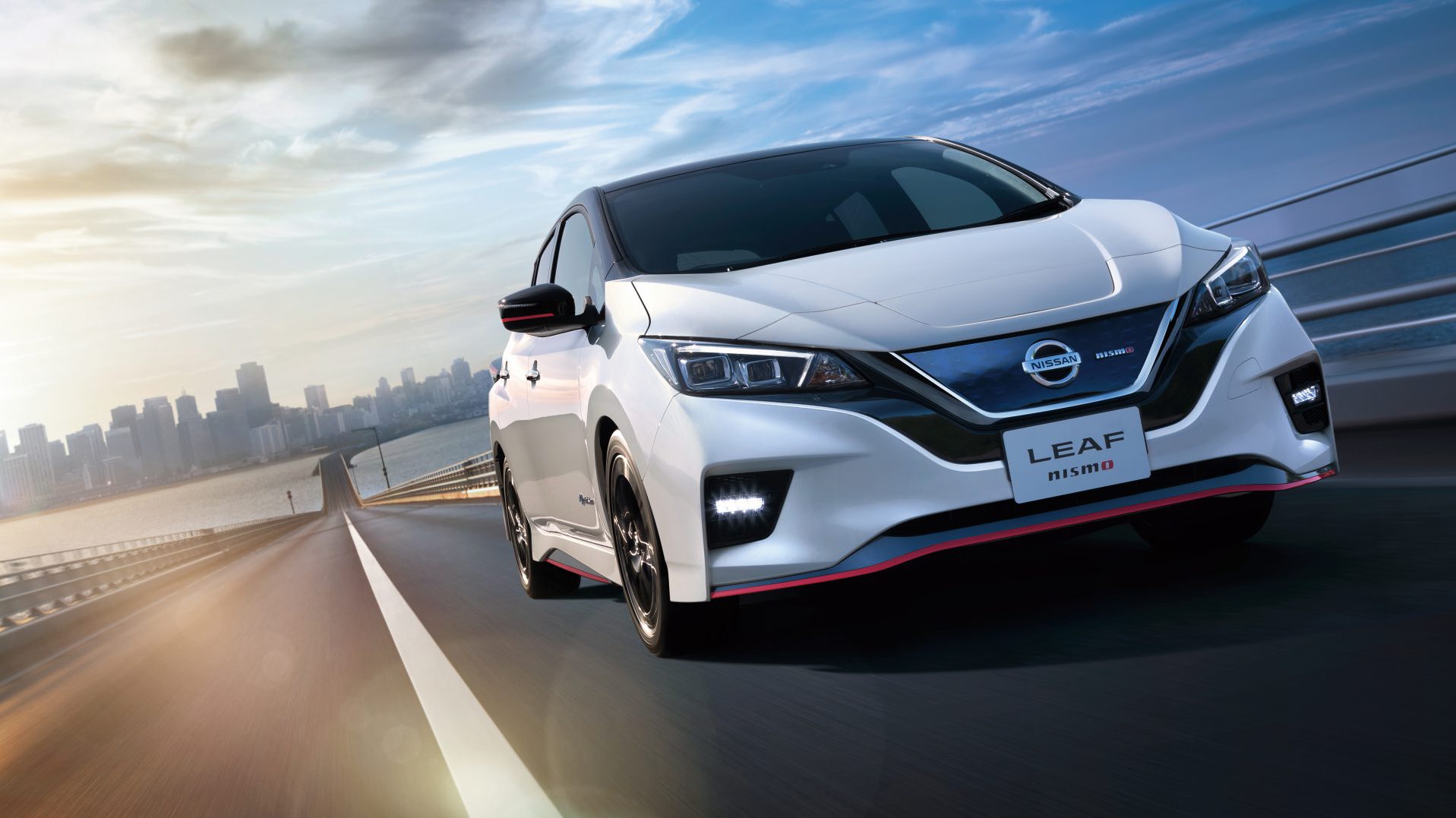

A Nissan spokesperson told The Drive at the 2019 Denver Auto Show that its current generation of electric Leaf hatchback probably won’t be sold in a sportier Nismo trim stateside—and that an all-wheel-drive variant isn’t on the table.
They explained that the Leaf Nismo introduced in Japan last year won’t be coming to the United States because it’s more than analogous to the market’s new, long-range Leaf Plus: they’re mechanically identical, and differ only in name.
“The Nismo version that’s in Japan is the Plus. It was introduced in Japan before the U.S.,” explained the spokesperson to The Drive. When asked if the Leaf Nismo being renamed for the American market precluded the introduction of a Nismo-branded Leaf variant, they were confident that it did.
“Yes, I think so,” answered the spokesperson. “I don’t know the full reasoning for that—Nismo has a lot more caché and credibility in Japan than it does here, so I think there was just going to be a little bit of a confusion there. So, we just went with Leaf Plus rather than Leaf Nismo, but it’s the exact same vehicle.”
Increasing prevalence of all-wheel-drive in electric vehicles prompted us to ask whether it’s even possible for the redesigned Leaf to be sold with twin-motor AWD, but the Nissan spokesperson told us the current Leaf’s architecture can’t fit a second motor out back.
“As far as the architecture on the rear, not on this one,” said the spokesperson. Nissan has previously explained that it kept front-wheel-drive on the second-generation Leaf so as not to reduce cargo room under the hatch, which would be reduced if accommodation for a rear-axle motor were needed.
The current Leaf Plus comes in at a price range broadly similar to that of a low-trim Tesla Model 3, attracting direct comparison of the two models despite their varying body styles. Although the Leaf won’t be able to compete with the Model 3 on the AWD front, the most costly Leaf—the SL Plus model—is $5,950 cheaper than the least expensive AWD Model 3 which starts at $48,500. Tesla’s reducing eligibility for federal tax credits means comparison between low-end Model 3s and Leaf Pluses will become more favorable for Nissan with the march of time…Until Nissan too crosses the 200,000-car threshold and starts to lose out on the full tax credit.